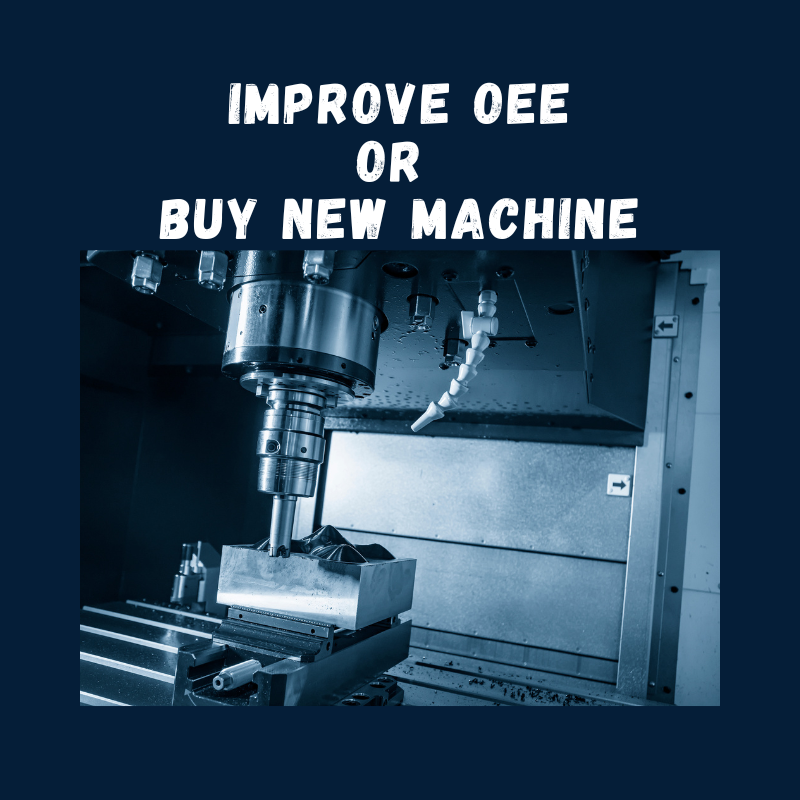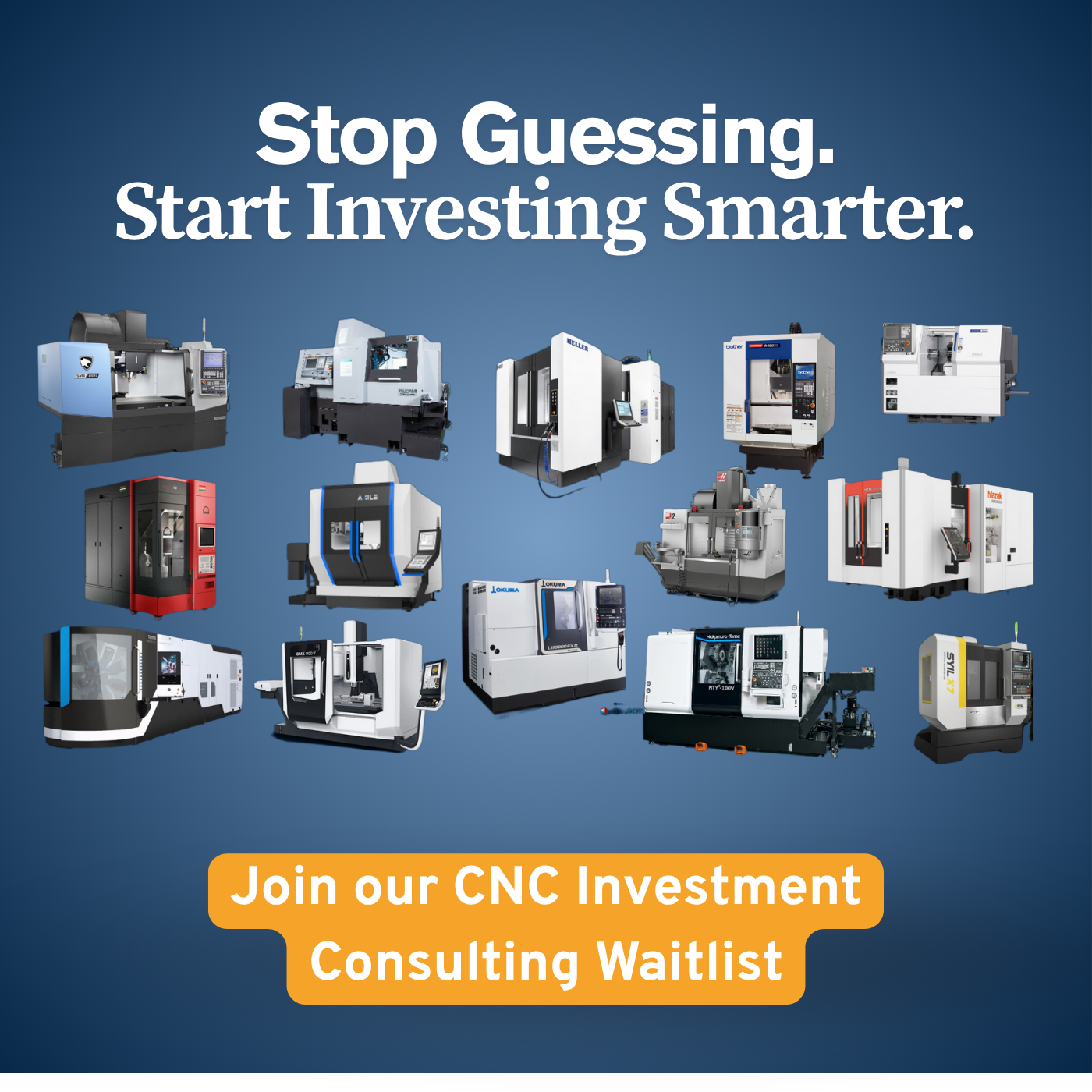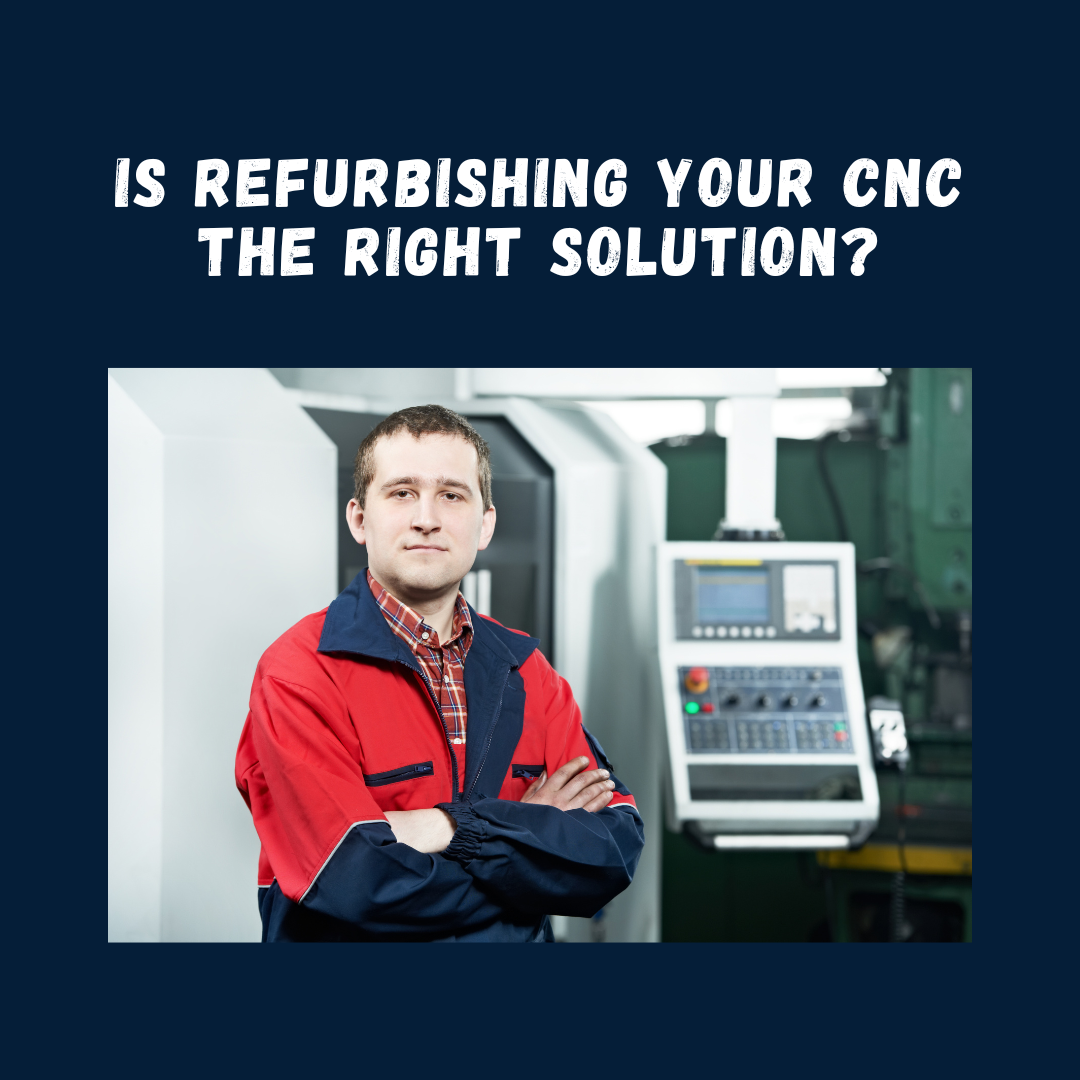Before making a significant investment in new CNC machinery, it's crucial to understand your workshop’s current capabilities. Conducting a thorough evaluation of your existing equipment and processes will help determine whether a CNC upgrade is necessary or if optimizing your current setup could deliver the desired results. This assessment is vital for ensuring that your investment maximizes efficiency and productivity.
Understanding Overall Equipment Effectiveness (OEE): One key metric to evaluate your workshop's performance is Overall Equipment Effectiveness (OEE). OEE combines availability, performance, and quality into a single percentage that reflects the productive time of your equipment. By analyzing this metric and addressing inefficiencies, you can make informed decisions about investing in new machinery.
OEE Calculation:
OEE = Availability × Performance × Quality
For instance, if your equipment has 85% availability, operates at 90% performance, and produces 100% quality parts, your OEE would be 76.5%. This means only 76.5% of your machine time is productive.
Improving OEE by Addressing Key Inefficiencies:
Improving your OEE starts by understanding where the biggest inefficiencies are occurring. With an OEE score of 76.5%, you’re likely dealing with losses in availability, performance, or both, since quality appears to be at its best. Here’s a detailed approach on how to enhance each factor:
1. Boosting Availability: Reducing Downtime
Current Availability: 85%
Since 15% of time is lost to unplanned downtime (like maintenance or machine adjustments), improving availability should be a top priority. Here’s how to target this:
-
Preventive Maintenance: Implement a predictive maintenance schedule where machines are serviced before they break down. Utilize sensor data (if available) to predict when maintenance is necessary based on machine condition rather than just scheduled intervals.
-
Quick Changeovers: Reduce time lost during setups and changeovers by using techniques like SMED (Single-Minute Exchange of Dies). This method focuses on minimizing setup time by converting as many activities as possible to "external" (done while the machine is running), allowing for faster changeovers between production runs.
-
Minimize Planned Downtime: Evaluate whether tasks like routine maintenance, adjustments, or tool changes can be completed more efficiently or during off-hours.
Improvement Potential: By increasing availability from 85% to 95%, you could raise your OEE from 76.5% to 85.5%.
2. Enhancing Performance: Operating at Optimal Speed
Current Performance: 90%
If your machines are running 10% slower than their maximum speed, issues like minor stoppages, wear, or suboptimal settings may be at play. To improve performance:
-
Reduce Minor Stops: Use automation or higher-quality materials to prevent minor stoppages, often caused by sensor issues, jams, or small errors. Monitoring systems can help identify these recurring issues.
-
Optimize Machine Settings: Ensure your equipment runs with optimal settings and that operators are properly trained to fine-tune machines for maximum speed. Over time, incorrect settings or operator errors can slow production.
-
Upgrade Machine Components: Slow cycles may result from worn components or underperforming tools. Replacing or upgrading key parts (e.g., bearings, cutting tools) can restore your equipment's speed.
Improvement Potential: Raising performance from 90% to 95% can increase OEE from 76.5% to 80.9%.
3. Maintaining High Quality: Sustaining 100% Good Parts
Current Quality: 100%
With a perfect quality rate, you’re not losing productivity to defects or rework. However, maintaining this standard is essential. Here’s how:
-
Automated Quality Checks: Consider automating aspects of quality control through vision systems or sensors that catch defects earlier in the process, preventing defective parts from being made.
-
Ongoing Operator Training: Ensure operators remain well-trained and empowered to make quick decisions when quality issues arise.
-
Consistent Material Quality: Poor-quality raw materials can lead to defects, even if machines are running optimally. Work with suppliers to maintain material consistency.
Though your quality is already at 100%, continued vigilance will ensure this remains a strength.
Maximizing OEE: Additional Strategies
-
Track the Six Big Losses: OEE is impacted by the Six Big Losses (breakdowns, setups, minor stoppages, speed losses, defects, and reduced yield). Regularly tracking these losses helps pinpoint where to focus improvement efforts.
-
Real-Time Monitoring Systems: Implementing real-time data monitoring allows you to identify inefficiencies immediately as they occur. Software solutions that track availability, performance, and quality in real-time enable quick, informed decisions to improve OEE.
-
Kaizen and Continuous Improvement: Cultivate a culture of continuous improvement (Kaizen) among your workforce, focusing on small, incremental changes to drive overall productivity. Encouraging employee suggestions for operational enhancements often results in unexpected efficiency gains.
Example: The Impact of Incremental Improvements
Let’s say you apply these strategies and manage to:
- Increase Availability from 85% to 90%
- Boost Performance from 90% to 95%
- Maintain Quality at 100%
Using the OEE formula:
OEE = 90% × 95% × 100% = 85.5%
With a series of manageable improvements, you could raise your OEE from 76.5% to 85.5%, meaning that 85.5% of your machine time is effectively productive. This translates into more throughput, less downtime, and better use of your existing resources without needing new machinery immediately.
When to Invest in New CNC Machinery: If your OEE is already high, yet you’re struggling to meet demand, it might be time to invest in new CNC machines. However, consider alternatives like increasing shifts, outsourcing during peak periods, or making further process improvements before deciding on a costly investment.
By focusing on improving availability and performance, you can push your workshop’s efficiency toward an industry-leading standard. When you do decide to invest in new CNC machinery, the integration into an already optimized system will yield even greater returns.




